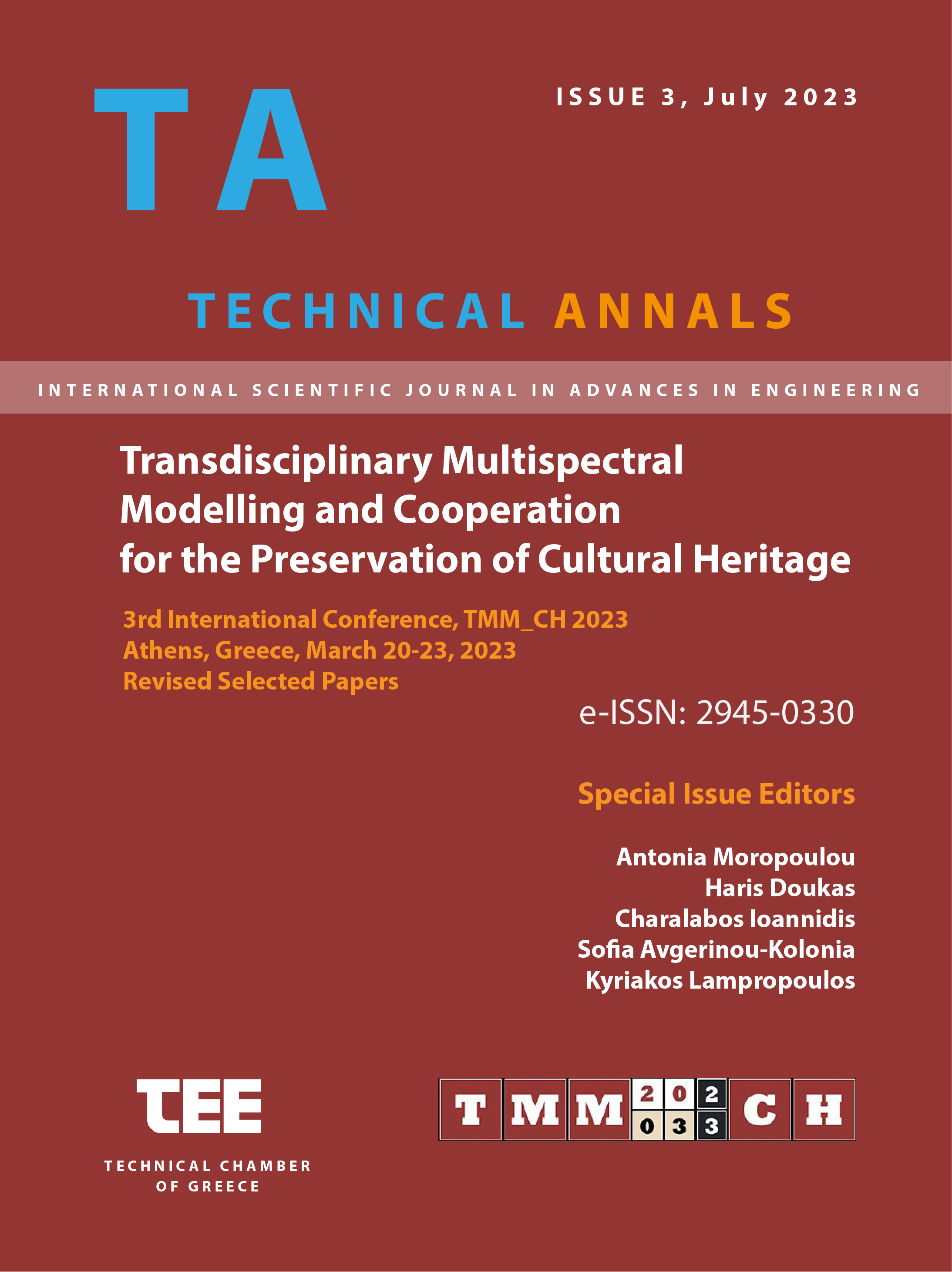The use of restored monuments for the exhibition of contemporary artworks: where is (preventive) conservation? -

Abstract
Abstract. The key issue raised in this paper concerns the absence of an institutional framework for the operation of the buildings with the condition of preventive conservation of the modern collections. The main interest of curators focuses on the restoration of the monument in order to be "functional" and accessible rather than to the provision of facilities that will prevent the deterioration of contemporary works (two-dimensional paintings, in-situ installations, sculptures, video projections, etc.). Secondly, the monuments cannot always provide possibilities for a controlled microclimate. The fact that the exhibits are modern, made of technologically advanced or recycled materials - sometimes not original ones but replicas - should not preclude the practical application of preventive conservation measures. After all, it is proven that the establishment of an exhibition regulation is necessary regardless of the bioclimatic design of the buildings.
Article Details
- How to Cite
-
Stoupathis, K. (2023). The use of restored monuments for the exhibition of contemporary artworks: where is (preventive) conservation? -. Technical Annals, 1(3). https://doi.org/10.12681/ta.35642
- Section
- Cultural Heritage

This work is licensed under a Creative Commons Attribution-NonCommercial-ShareAlike 4.0 International License.


